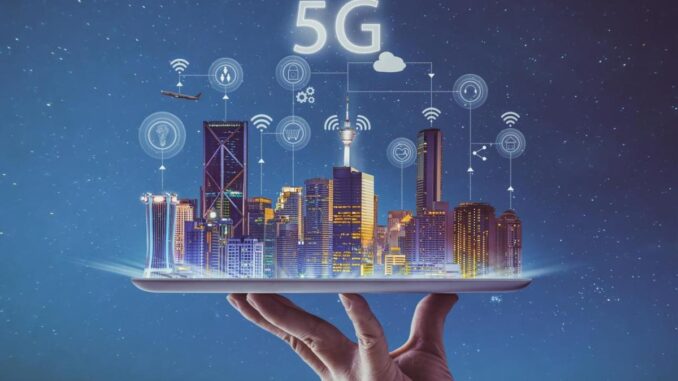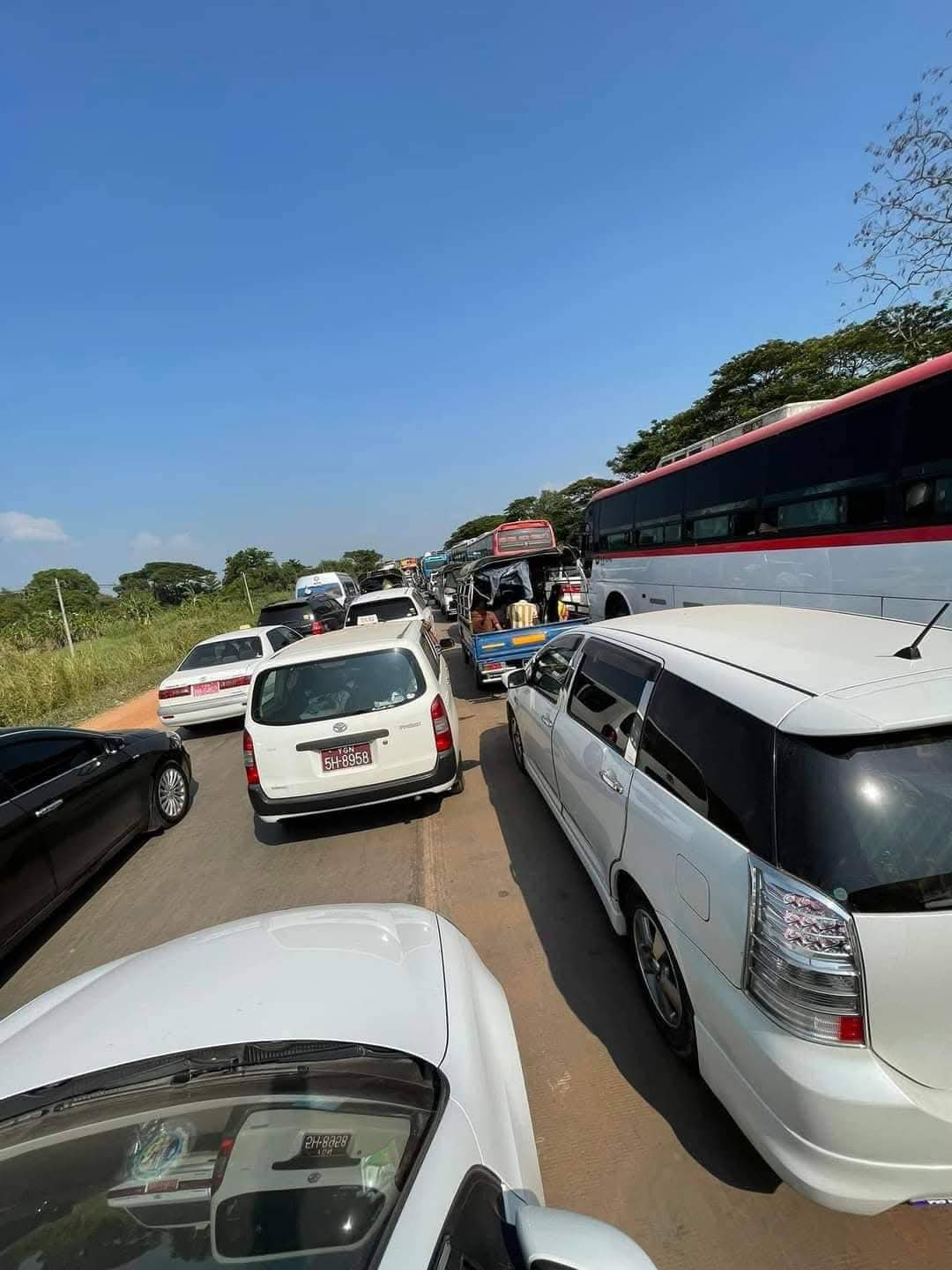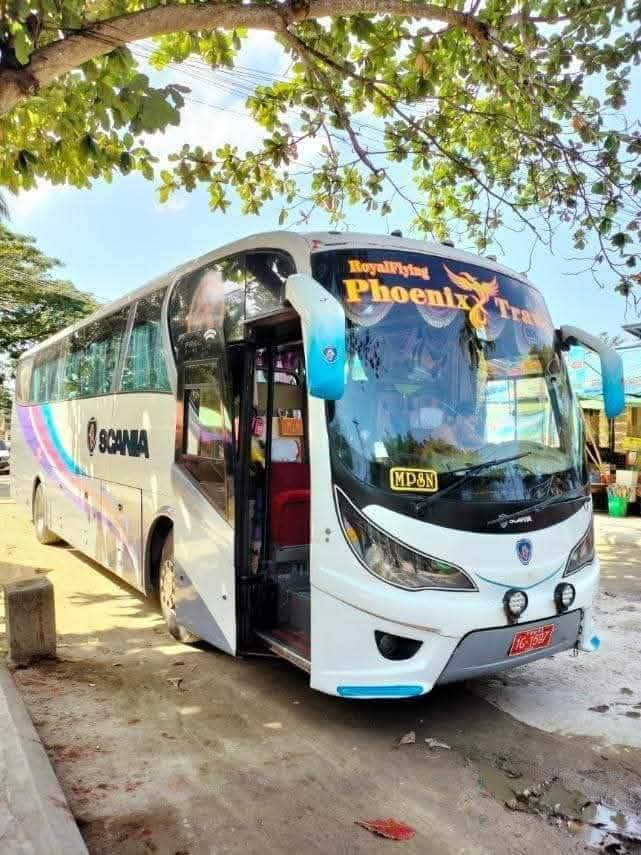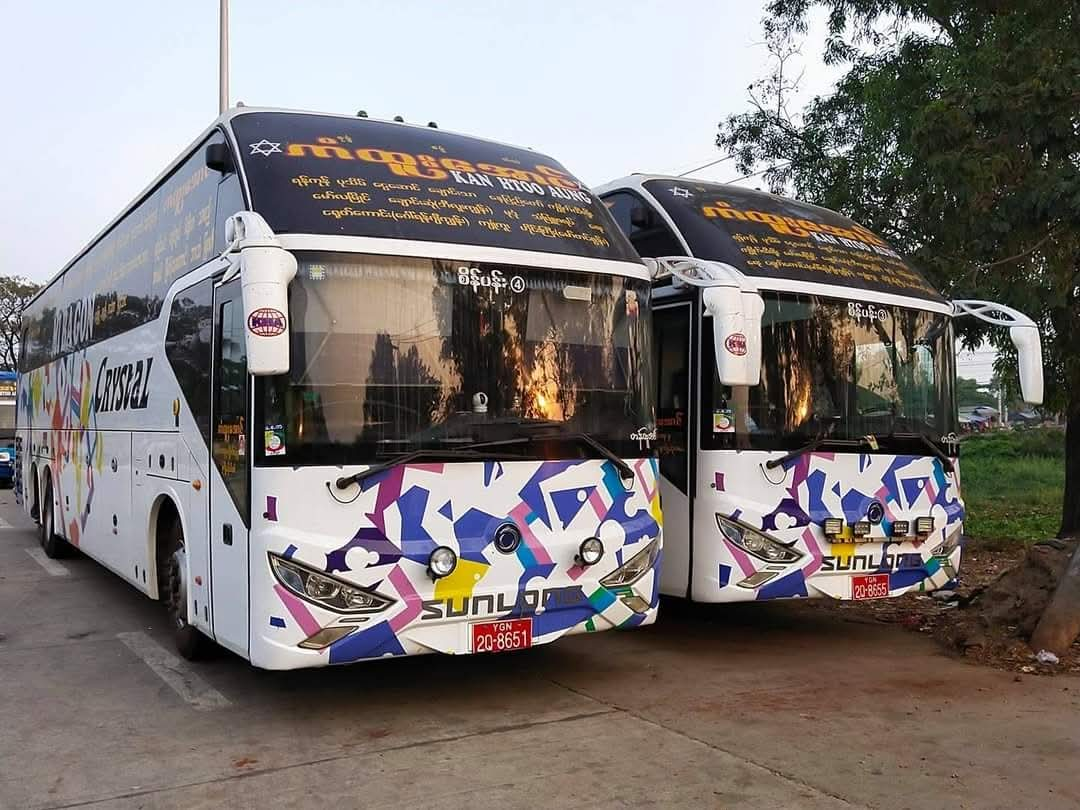
5G technology significantly enhances network performance in multiple ways, paving the way for innovative applications, improved user experiences, and increasingly connected environments.
By addressing the limitations of previous generations, 5G opens up possibilities for smarter cities, more robust industrial automation, enhanced user engagement, and a wide array of new applications across various sectors.








As 5G networks continue to mature and expand, they will play a crucial role in shaping the future of telecommunications and how we interact with technology in our daily lives.
5G technology significantly enhances network performance and capabilities across multiple dimensions. Here are some key areas where 5G brings substantial improvements compared to previous generations of mobile technology:
### 1. **Increased Data Speeds**
– **High-Speed Connectivity:** 5G technology can achieve data rates exceeding 10 Gbps, enabling faster downloads, uploads, and streaming. This is essential for applications such as 4K/8K video streaming, large file transfers, and high-speed internet access in homes and businesses.
### 2. **Ultra-Low Latency**
– **Real-Time Communication:** 5G reduces latency to as low as 1 millisecond, which is critical for applications that require immediate response times, such as autonomous vehicles, remote surgeries, and real-time gaming. This improvement allows seamless interactions in scenarios where timing is crucial.
### 3. **Massive Device Connectivity**
– **IoT Scalability:** 5G can support a large number of connected devices—up to 1 million devices per square kilometer. This capability is vital for IoT applications, enabling a network of smart devices across urban environments, industrial settings, and personal use.
### 4. **Enhanced Reliability**
– **Service Continuity:** 5G networks are designed to provide improved reliability and availability, which is crucial for mission-critical applications such as healthcare, emergency services, and industrial automation. This reliability is enhanced through advanced antenna technology and network architecture.
### 5. **Network Slicing**
– **Customized Networks:** 5G allows operators to create virtualized “slices” of the network tailored to specific applications or customer needs. For example, one slice can be optimized for ultra-reliable low-latency communications (URLLC) needed for remote surgeries, while another slice can be optimized for enhanced mobile broadband (eMBB).
### 6. **Improved Spectrum Efficiency**
– **Utilization of Different Bands:** 5G utilizes a broader range of frequency bands, including millimeter waves (above 24 GHz), which offer higher data capacity. This more efficient use of spectrum leads to better overall network performance and user experience.
### 7. **Edge Computing**
– **Localized Processing:** 5G enables edge computing, which involves processing data closer to the source (i.e., at the edge of the network). This reduces latency and alleviates bandwidth strain on the core network, making applications more responsive and efficient.
### 8. **Enhanced Security**
– **Improved Protection Measures:** With built-in security features, 5G networks can offer better encryption and security protocols to protect user data and privacy. This is essential as networks become more interconnected and face increasing cybersecurity threats.
### 9. **Flexibility in Deployment**
– **Versatile Infrastructure:** 5G’s architecture allows for a more flexible deployment of network infrastructure, including the use of small cells, which can improve coverage and capacity in densely populated areas. This flexibility helps operators meet specific geographic and demographic demands efficiently.
### 10. **Support for Emerging Technologies**
– **Facilitating Innovation:** 5G serves as a backbone for emerging technologies such as augmented reality (AR), virtual reality (VR), machine learning (ML), and artificial intelligence (AI). These technologies can leverage the high speeds and low latencies of 5G networks to provide innovative solutions across various sectors, including healthcare, education, entertainment, and smart cities.
### 11. **Seamless Connectivity**
– **Fixed Wireless Access (FWA):** With 5G, telecom operators can offer high-speed internet access to areas where traditional broadband services are limited or unavailable. This provides an alternative connectivity solution that can bridge the digital divide.


Leave a Reply